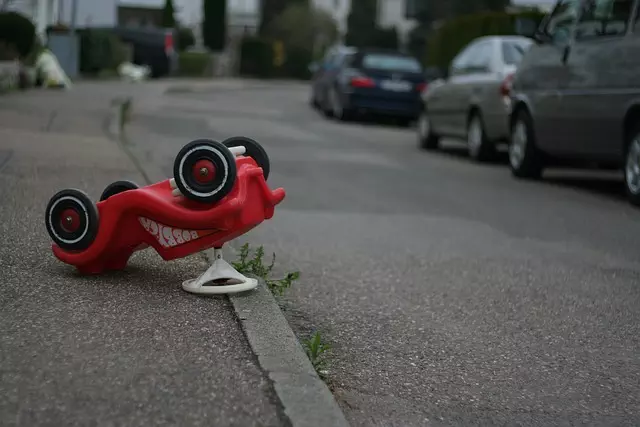Birth trauma, a pressing issue in NYC's healthcare landscape, refers to physical and psychological injuries during pregnancy, childbirth, or postpartum. New York State has legal protections for those affected, including victims of medical malpractice like cyclists involved in accidents in Manhattan. Understanding these laws is crucial for seeking financial compensation through settlements or judgments. A Cyclist Safety Lawsuit Manhattan requires knowledge of local legal frameworks and procedures, especially on bustling streets. Cyclists injured due to negligence should act swiftly, documenting evidence and consulting specialized legal counsel to navigate complex regulations and achieve fair redress.
In New York City, birth trauma lawsuits highlight a critical aspect of medical negligence. Understanding birth trauma and its legal implications is essential for residents navigating these complex cases. Similarly, cyclist safety lawsuits in Manhattan demand comprehensive knowledge of local laws and rights. This guide explores both topics, offering insights into the legal landscape surrounding birth injuries and cyclist safety claims in NYC. By delving into these areas, we aim to empower individuals with knowledge, enabling them to seek justice effectively.
- Understanding Birth Trauma and Its Legal Implications in NYC
- Navigating Cyclist Safety Lawsuits in Manhattan: A Comprehensive Guide
Understanding Birth Trauma and Its Legal Implications in NYC

Birth trauma, also known as obstetric trauma, refers to physical or psychological injuries experienced during pregnancy, childbirth, or the postpartum period. This can include conditions like brachial plexus injuries, fetal lacerations, and emotional distress caused by medical negligence. In New York City, with its bustling healthcare landscape, understanding birth trauma and its legal implications is crucial for both parents and medical professionals.
New York State, including Manhattan, has specific laws and regulations in place to protect the rights of individuals affected by birth trauma. A cyclist safety lawsuit in Manhattan, for instance, might draw parallels with birth trauma cases as both involve seeking justice and compensation for unforeseen incidents. If a mother or newborn suffers an injury due to medical malpractice during childbirth, legal action may be taken against the healthcare providers involved. This could result in financial settlements or judgments to cover medical expenses, pain and suffering, and other associated losses.
Navigating Cyclist Safety Lawsuits in Manhattan: A Comprehensive Guide

Navigating a Cyclist Safety Lawsuit in Manhattan requires understanding the unique legal landscape and procedures specific to the city. With New York City’s bustling streets and significant cycling infrastructure, accidents involving cyclists are not uncommon, leading to potential lawsuits. When a cyclist suffers injuries due to negligence, such as a driver’s failure to yield or a poorly designed road, they may seek compensation through a Cyclist Safety Lawsuit Manhattan.
This comprehensive guide emphasizes the importance of timely legal action and thorough documentation. Cyclists should promptly report accidents to authorities, collect evidence like photos and witness statements, and consult experienced legal counsel specialized in Cyclist Safety Lawsuits Manhattan. Such professionals can navigate complex regulations, such as the city’s strict cycling laws and liability rules, to ensure clients receive fair compensation for their injuries and pain.
In New York City, where cyclist safety lawsuits in Manhattan have gained prominence, understanding birth trauma and its legal implications is a vital step. Both birth trauma cases and cyclist safety matters require meticulous navigation through complex legal frameworks. While the former deals with sensitive issues surrounding maternal care, the latter focuses on ensuring safe cycling conditions. As these cases unfold, it’s essential to remember that justice seeks to protect all individuals, from new parents to riders on city streets, by holding accountable those responsible for preventable harm.
